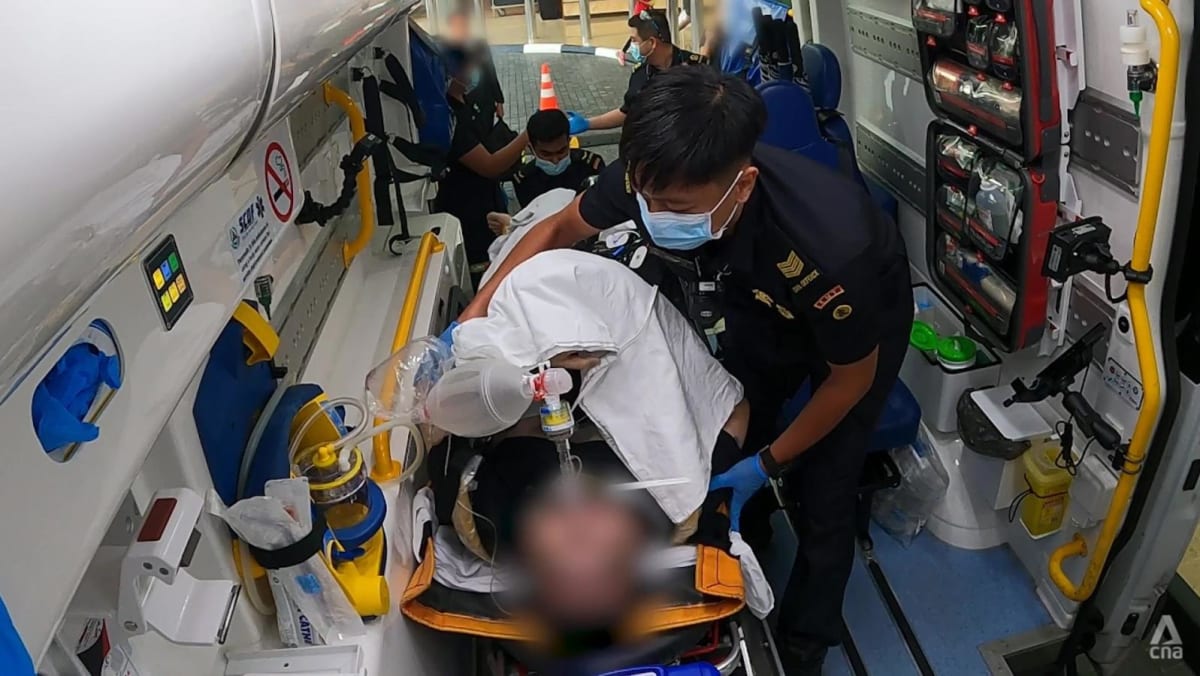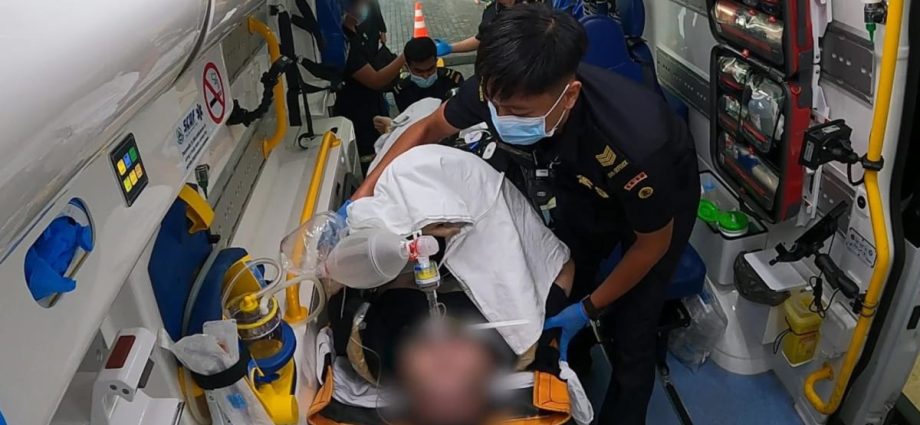
The list includes: Traffic and worksite accidents, uncontrollable bleeding, broken bones, sudden severe chest pain or breathlessness, drug overdose or poisoning, choking with difficulty in breathing, sudden abdominal pain that doesn’t subside, loss of consciousness, and head injuries with bleeding, drowsiness or vomiting.
Non-emergency cases include: Mild fever, coughs and colds, small bruises or cuts, localised rash or insect bites, chronic aches, superficial burns, and mild diarrhoea or vomiting.
Besides seeing a GP or polyclinic, non-emergency patients can access telemedicine providers or go to an urgent care centre, like the one at Admiralty operated by Woodlands Health or at Alexandra Hospital.
They can also call the NurseFirst helpline (6262-6262).
“If any of these services direct you to call 995, please don’t hesitate — just to make sure that everything is safe for you,” advised National University Hospital senior consultant Benjamin Leong, a member of the SCDF’s medical advisory committee.

